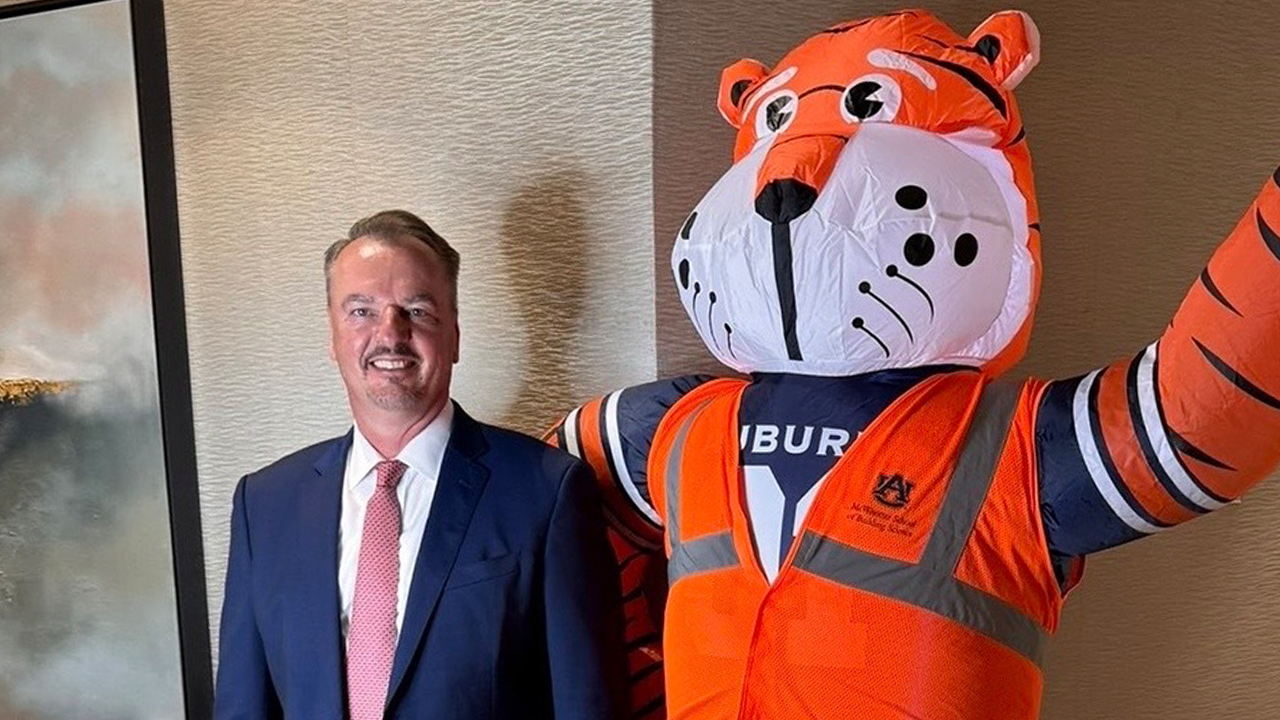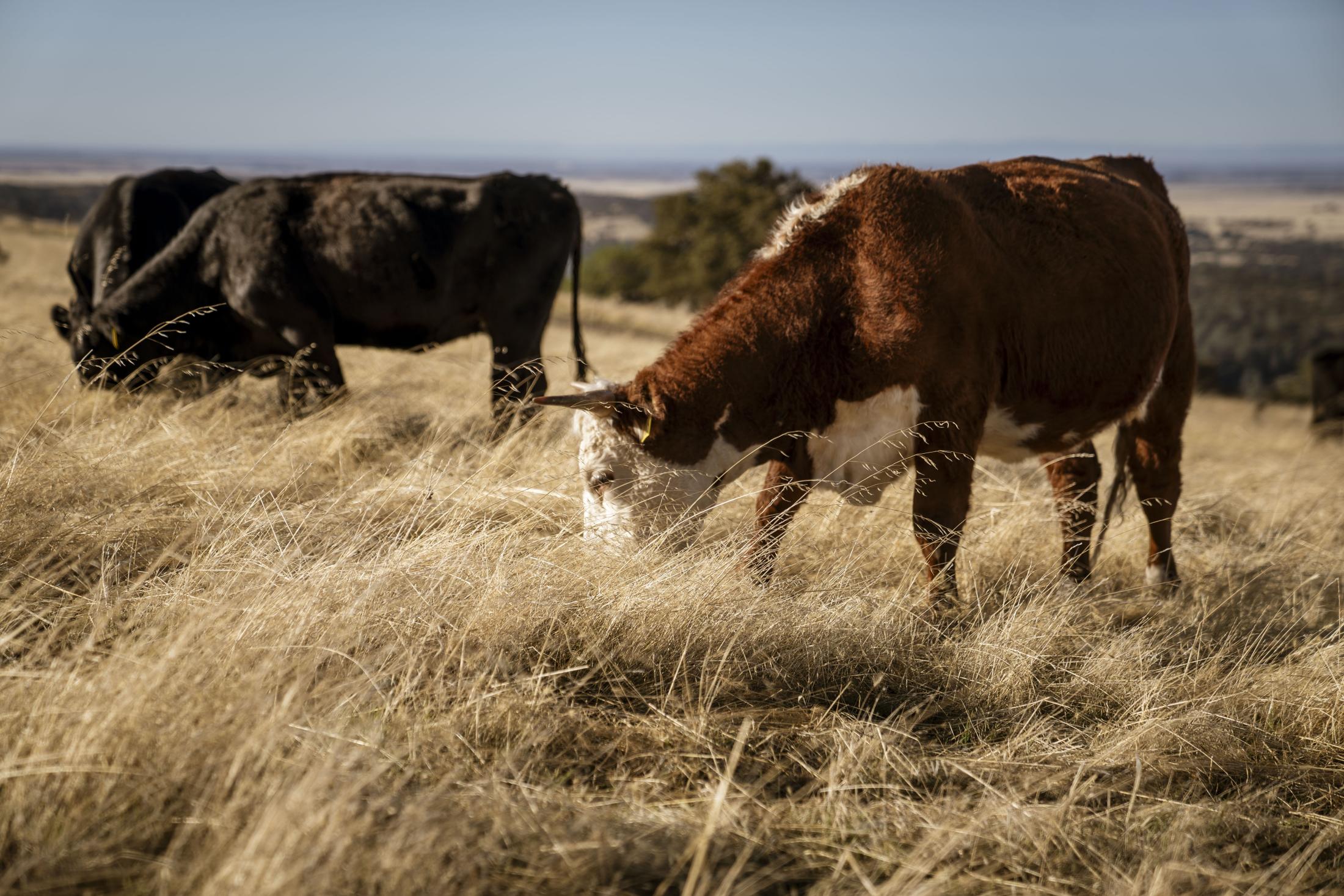
Dr. Mitloehner presented the E.T. York Distinguished Lecture at Auburn University on building a toolbox of sustainable solutions
By Camille Murray
On October 3, Dr. Frank Mitlohener spoke at the Auburn University College of Agriculture’s E.T. York Distinguished Lecturer Series in a talk titled Myths and Misconceptions about a Climate Footprint of Animal Agriculture. His talk clarified common misconceptions about the climate impact of animal agriculture, addressing its carbon footprint in relation to total greenhouse gas emissions and how methane’s short-lived nature impacts quantifying emissions. Methane is naturally destroyed in the atmosphere more quickly than other greenhouse gases, but this is often not reflected in emissions measurements.
He stressed the need for continued research into pathways that can help reduce the climate impact of animal agriculture. “Livestock can absolutely be part of a climate solution. What we need is a toolbox of solutions that meets the needs of different farms. Research at Davis and here in Auburn is working to build those tools to help us make livestock agriculture more sustainable.”
Current Tools in our Box
Current tools being researched include feed additives that reduce methane production, genetic selection for lower methane producing animals, and using anaerobic digesters to capture methane from manure before it enters the atmosphere. There is no one-size-fits-all solution to reduce methane emissions from livestock as different technologies are needed across the supply chain to achieve the most emissions reductions.
Reducing methane emissions from livestock agriculture is a communal effort, and Dr. Mitloehner was honored to be a part of the Auburn University Beef Cattle Conference to discuss solutions. “I appreciate being invited to collaborate on building a toolkit of sustainable solutions to reach our environmental goals.”

Why Do Cattle Produce Methane, and What Can We Do About it?
Cattle naturally produce methane daily due to the special stomachs they have, which allow them to consume high-fiber feeds. As far as global warming is concerned, it’s a major consideration. In fact, we won’t be able to use one technology or solution to solve an issue as big as enteric methane emissions from cattle production. In an ideal world we want to find solutions that are easy to implement and reduce the greatest amount of methane.
